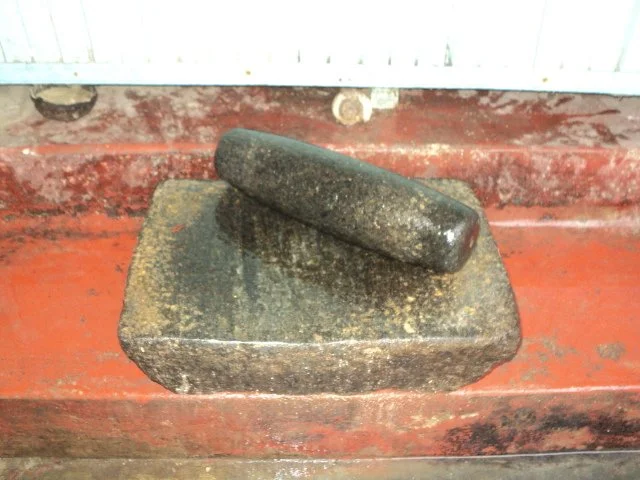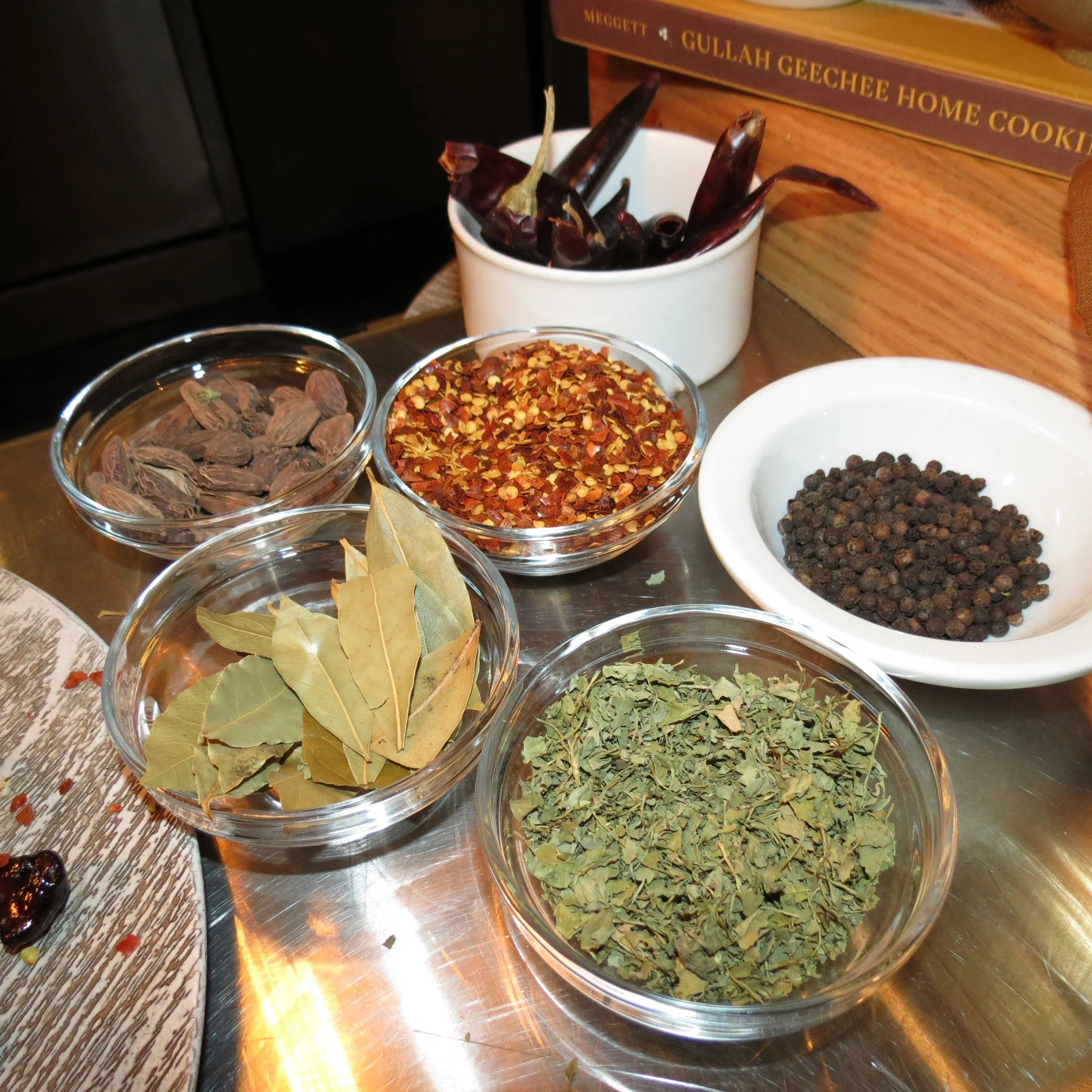Global Variations of the Mortar and Pestle: A Culinary and Ritual Tradition
The Mortar and Pestle: Our Ancestral Grinder Linking Kitchens Across the WorldThere’s something deeply grounding about a mortar and pestle—known as the **pilón** in Puerto Rico, the volcanic rock **molcajete** in Mexico, and by countless other names around the globe. Whether wooden, stone, or glass, this tool transforms ingredients in a way no electric blender or food processor can ever replicate.
A Ritual Beyond Convenience from the Caribbean to Central America, from Haiti to India, mortar and pestle have powered kitchens for thousands of years. This ancient duo predates written history, with some finds dating back as far as 35,000 BC. In nearly every culture, the intent is the same: to pound, grind, blend, or crush spices, herbs, and grains, drawing out their purest flavors and aromas. The process is also a workout—a ritual that connects cook to ingredient, memory to intention.
Indigenous women still sit low to the ground, rocking or pounding herbs and seeds until their hands ache with care and diligence. In these moments, food is medicine and making it is ceremony.
Across the Caribbean and the Americass
In Puerto Rico and the Dominican Republic, the **pilón**—often carved from local woods—turns garlic, herbs, and plantains into the soul of dishes like mofongo and sofrito. The wooden vessel absorbs aromas over time, becoming a true family heirloom.
Head to Mexico, and you’ll find the sturdy **molcajete**, carved from volcanic stone. Its rough surface is perfect for grinding chili, cumin, and tomato for salsas—the flavors heightened by the very mineral rock that grinds them. In Haiti, the pilon is essential for pounding scotch bonnet, seasoning blends, and even coffee.
India has its own version: a large, flat **stone slab** called a sil-batta, where a cylindrical roller is used to prepare spice pastes and chutneys—often while squatting or sitting on the earth just as indigenous women do in Central America. Each setup varies, but the intention, technique, and result are remarkably similar.
An Unexpected Discovery
In fall 2023, while visiting a local street market, I stumbled upon a group of Indigenous Mexican and Central American women—wrapped in vibrant ponchos and shawls adorned with llamas, reminiscent of Mayan artistry. There, nestled among their market treasures, was a huge, well-worn grinding slab—a piece that looked nearly identical to the ones I’d admired watching Indian aunties prepare curry aromatics. For $50, I snagged it with childlike excitement, feeling as if I’d brought home a slice of world heritage—one I now use to blend my own seasonings with gratitude and sweat.
Why We Should Return
Ancestral ways of cooking demand presence and intention. When we trade in speed (and noise) for mindful movement, we join in the ritual of generations before us—a slow, grounding, aromatic meditation. Nothing compares to the flavor, or the feeling, of herbs pounded by hand and seasonings built with care.
More Than a Tool—A Legacy
Let’s reclaim the practice of making sauces, gravies, spice blends, and pastes the way our ancestors did: with sweat, patience, and pride. The next time you reach for your mortar and pestle, consider all the hands across continents and centuries doing the very same thing—turning raw nature into nourishment and memory.
Global Variations of the Mortar and Pestle: A Culinary and Ritual Tradition











